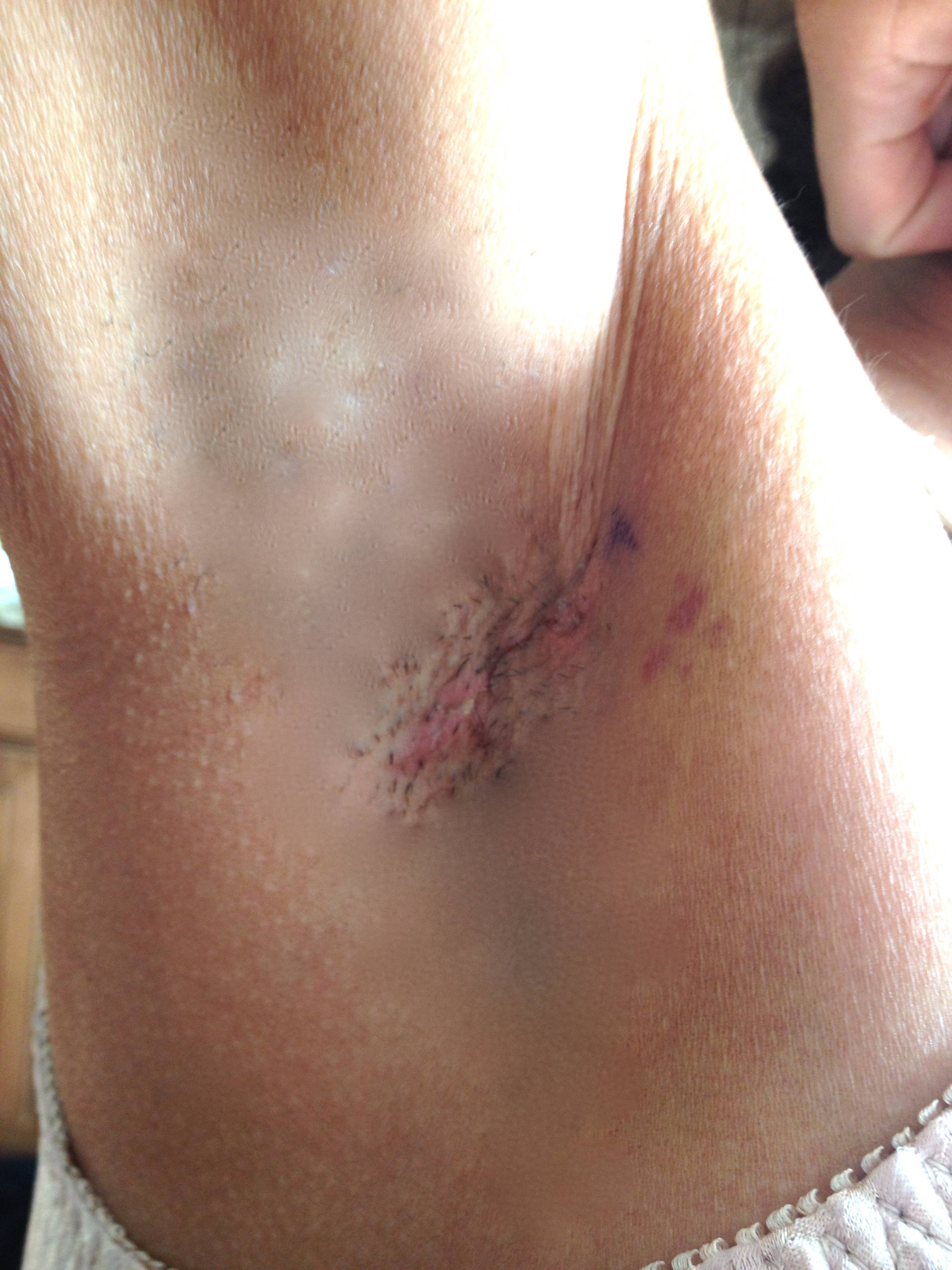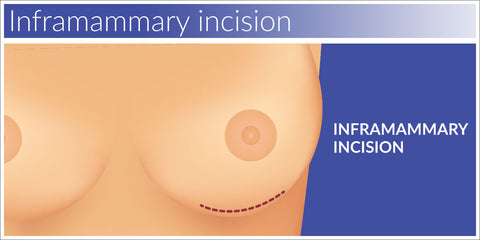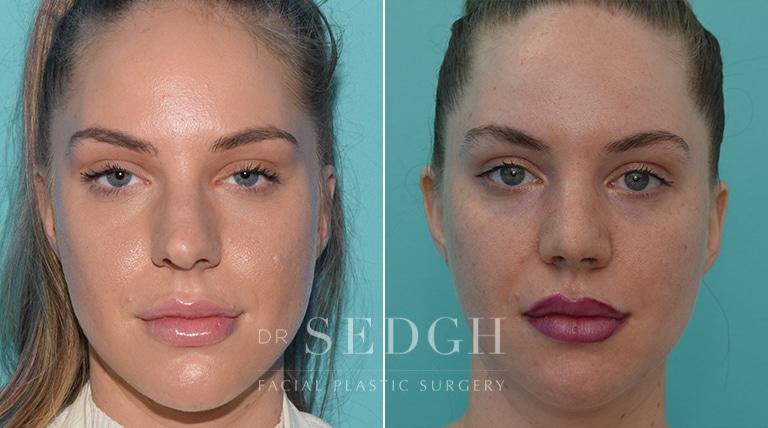
If you or your child is suffering from a deviated septum, there are several treatment options. You have two options. One is to undergo surgery. The other is to choose a more conservative approach. Before you decide on a surgery, make sure to understand the risks and benefits. In some cases, you may need other types of repairs, such as a new septum.
The treatment options
It can be difficult to breathe if your septum is deviated. There are several options available to treat this condition. These treatments can relieve symptoms such as stuffy nose or sinusitis and may also help delay surgery. Decongestants are medicines that reduce the swelling in the nasal cavity. These medications can be used by mouth or applied directly to the nasal cavity using a nasal spray.
If the septum is not severe and does not cause long-term complications, it can be treated with surgery. Surgery is necessary if the septum becomes so severe that it affects breathing. If non-surgical treatments fail to work, ENT doctors are also known as Otolaryngologists.
Surgical options
A deviated septum can be fixed surgically. This will allow you to breathe easier and decrease nasal congestion. A valve repair or turbinate removal are some options. Surgery can be performed to remove or improve your sinus function. You should be aware of the risks and benefits associated with surgery if you are thinking about it.

Surgery will not solve all deviated sinuses. However, if the septum has become chronically congested or is interfering in your ability to breathe, you may need surgical treatment. A deviated Septum can make your nose look uneven and cause you to be self-conscious about what your appearance is. Surgery such as septoplasty can straighten and correct nasal structural abnormalities. Patients can return home that same day with minimal bruising or scarring.
Surgeon complications
Sinus infections may be more common if there is a deviation in the septum. Infections can cause inflammation, irritation, and even infection in the nasal passages. If left untreated, these infections can spread to the brain tissue, causing brain damage or seizures. In certain cases, surgery may be necessary to correct the deviated septum.
There are a number of complications associated with surgery to correct a deviated septum. Although the risks of such surgery are relatively low, the procedure can result in long-term problems. Some symptoms may include bleeding and pain as well as infection. Some patients may need to see a neurologist in order to manage any complications.
Allergy treatment
A diagnosis of deviated septum is made by a doctor based on the symptoms and a physical examination of the nose and sinuses. A doctor will ask specific questions about the symptoms as well as the patient's life to identify the underlying cause. They might also run a CT scan on the sinuses to determine how severe the condition is.
The treatment of allergy to deviated septum may help in some cases. It may reduce swelling in the septum and surrounding tissue, as well as relieve congestion. But it will not resolve the underlying issue.

Alternatives to surgery
While surgery is the most common way to correct a deviated septum, there are also alternatives available. Endoscopic septoplasty is an excellent minimally invasive alternative to traditional surgery. Endoscopic septoplasty allows surgeons to see the bone and cartilage in detail, which makes it possible to pinpoint the exact cause.
The surgery corrects the deviated nasal septum by straightening it, then reinserting into the nose. In order to align the septum properly, the surgeon may have to first cut it and then re-insert it. The result is a better airflow through the nose. But patients should be aware that the results of this surgery may not be permanent, and other conditions may make the condition worse.